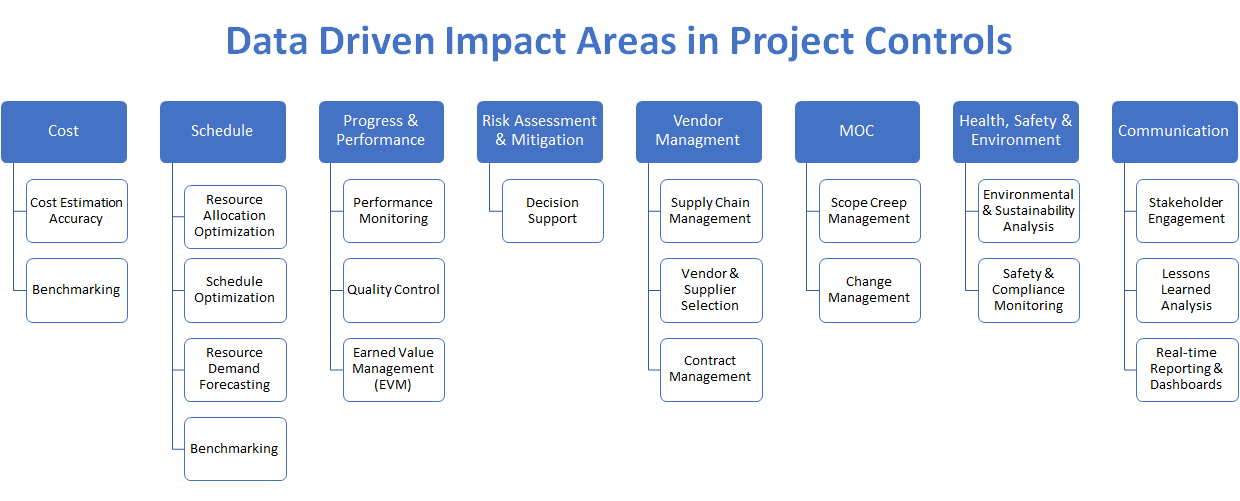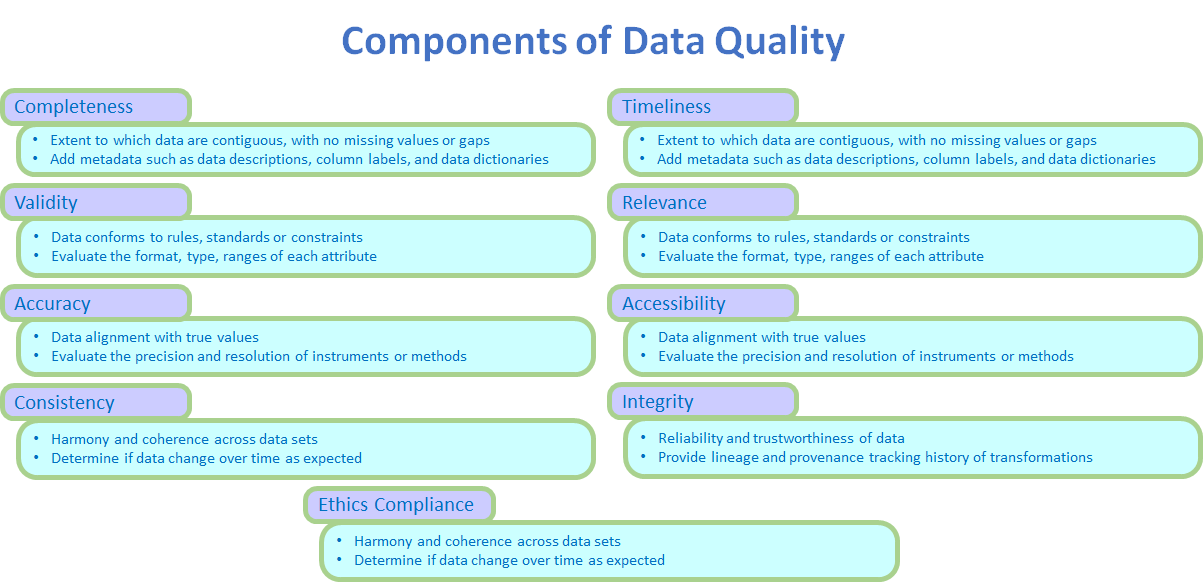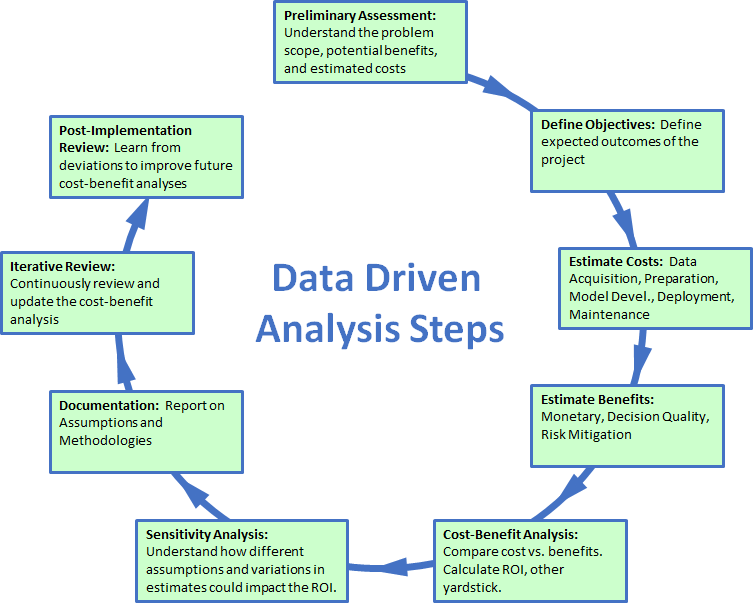For experienced project controls engineers and project managers, the concept of data-driven project management may initially raise skepticism. After all, many of us have leveraged data to painstakingly build project control systems in Excel, relying on charts, spreadsheets, and our intuition to drive decisions. Consequently, you might be thinking, "But my projects have always been data-driven." It's a fair point. However, the view of data utilization has undergone a transformative shift in recent years, prompting a fresh perspective on how data can inform stakeholders and elevate decision-making.
The Evolution of Data: A New Era
While data has always played a central role in project management, what has changed to warrant a renewed focus on its potential benefits? The answer lies in the unprecedented granularity, immediacy, and complexity of the data at our disposal today. The proliferation of mobile devices, for example, has revolutionized access to cloud-based applications, data storage, and the utilization of technologies such as Wi-Fi, Bluetooth, and the Internet of Things (IoT). This has opened doors to advanced analytics and machine learning, fundamentally altering how data is collected, analyzed, and utilized.
Unpacking Data: The Basics
Before delving into how novel approaches to data can impact projects and offer benefits, let's establish some fundamental concepts. It begins with distinguishing between data and information. Even a broadcast signal resulting in random black and white pixels, akin to television "snow," can be considered data. However, we know from Information Theory, that information is data that enables us to differentiate between alternatives.
Consider a phone call with a poor connection. What is the threshold at which we can discern a person's voice amidst the static, allowing us to make sense of their words? The question arises: Is there a signal amid the noise? To enhance our ability to extract that signal, we must refine our data collection process.

Maximizing Data's Value: A Step-by-Step Approach
In any data analytics endeavor, a sequence of steps can maximize the value of information. It commences with data collection. What are the existing data sources, and what collection processes are currently in place? Will the current system suffice for the desired decision-making outcomes? If not, can the cost of gathering additional data be justified by the potential benefits?
Many contractors invest in automated material management processes to facilitate informed decisions regarding material movement. This often pairs with electronic devices that record on-site installed quantities, directly updating inventories. However, this is just the beginning.
The amount of time spent on data cleanup, addressing missing data, eliminating duplicates, and performing other quality assurance steps before analysis can vary significantly. Regardless, it's not uncommon for these data preprocessing steps to consume a substantial portion of a machine learning project's overall time. The ideal scenario is integrating these steps into the system to mitigate continuous data quality challenges.

Once data is consistently cleansed of quality issues, the next step is to address data structure to remove ambiguity for analysis algorithms. This structure is best achieved through traditional data normalization processes. Data are often represented as a table with columns, where each row represents a record of information sharing a common trait. Several requirements must be met for normalization, but it starts with ensuring that data in the columns is atomic, meaning a field or cell in a record holds a single piece of information. Another requirement is that each record or row possesses a unique identifier or key, with all other information in the row linked to that key.

Pathfinder has seen rapid advancements in commercially available project controls systems to support that objective. These systems are evolving with cutting-edge data collection technology, data storage, analysis capabilities, and data presentation that homes in on the signal we seek to drive decision-making. Let's explore a few examples of what project teams can achieve.
Harnessing Data's Insights: The Possibilities
Pathfinder has worked with clients to scrutinize past project performance data—examining factors such as completion times, resource allocation, and cost variances—project managers can leverage information theory to discern patterns and trends. This analysis may include studying the variability in project durations or resource requirements, ultimately enabling more accurate predictions of future timelines and resource needs.
Predictive models, including regression analysis and machine learning algorithms, can draw from historical project data, including risk events, to anticipate future project risks and their potential consequences. Machine learning can identify the most informative variables for constructing precise predictive models.
Resource allocation optimization becomes a reality for project managers. PFI has the expertise to consider past performance, detailed resource availability, constraints, and activity dependencies to make more precise decisions. Predictions regarding resource shortages or surpluses are within reach.
Lastly, we have worked with clients to refine approaches to Earned Value Measurement (EVM), which combines project cost, schedule, and performance data to forecast project outcomes, and benefits from concepts like information gain. By prioritizing the most informative metrics, project managers can make more precise predictions regarding project cost and schedule outcomes.
In conclusion, the marriage of data and project management is propelling us toward new frontiers of decision-making. As we navigate this landscape, the potential to unlock insights, predict outcomes, and optimize resource allocation is within our grasp. It's a transformative era for project controls, one where data-driven approaches redefine the art of managing and executing projects.
ABOUT THE AUTHOR

Ricci Siciliano
Ricci is an Executive Associate for Pathfinder, LLC with a combined 25+ years of experience in Cost Estimating, Data Analysis and Project Management.
rsiciliano@pathfinderinc.com
856-424-7100 x133

